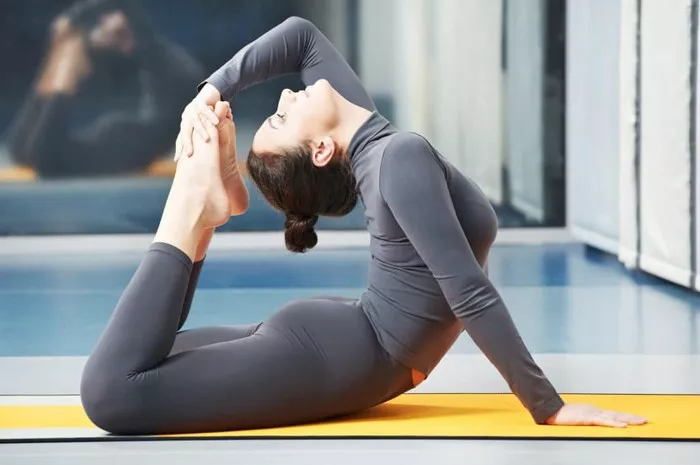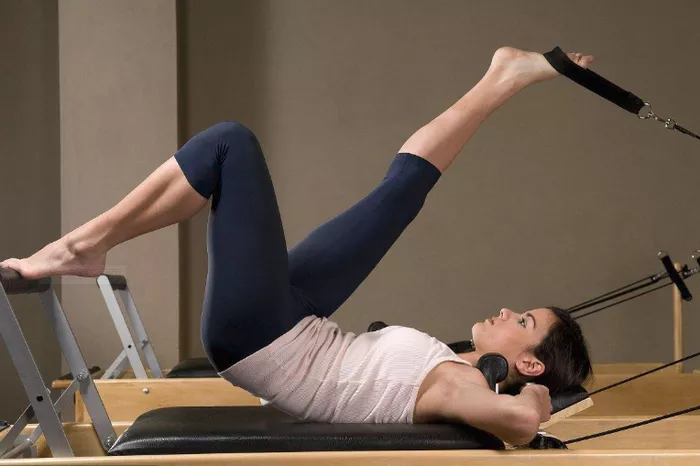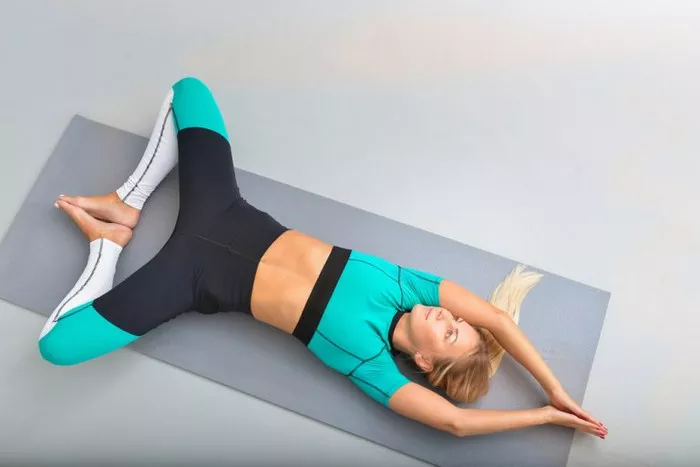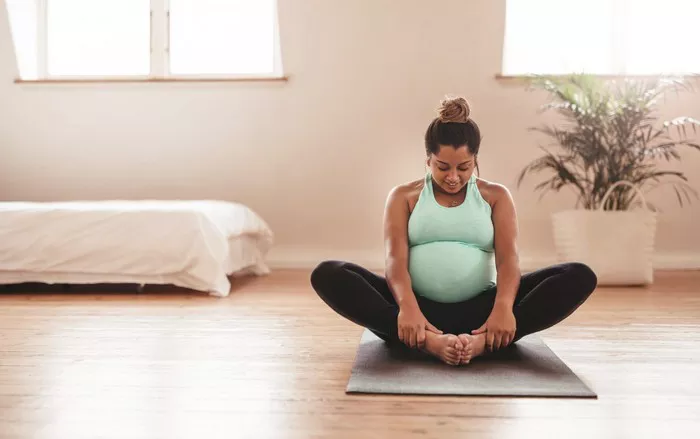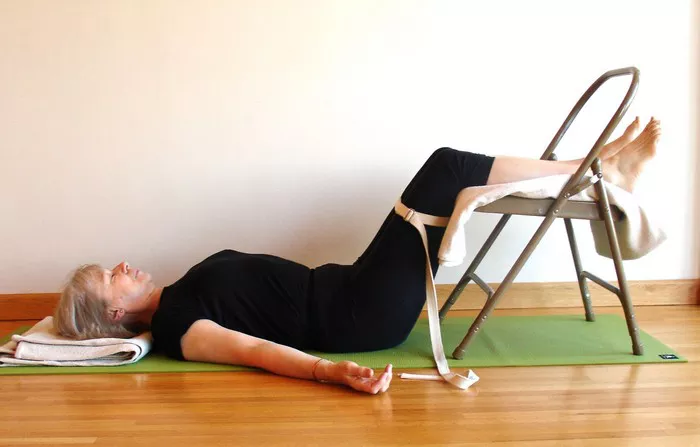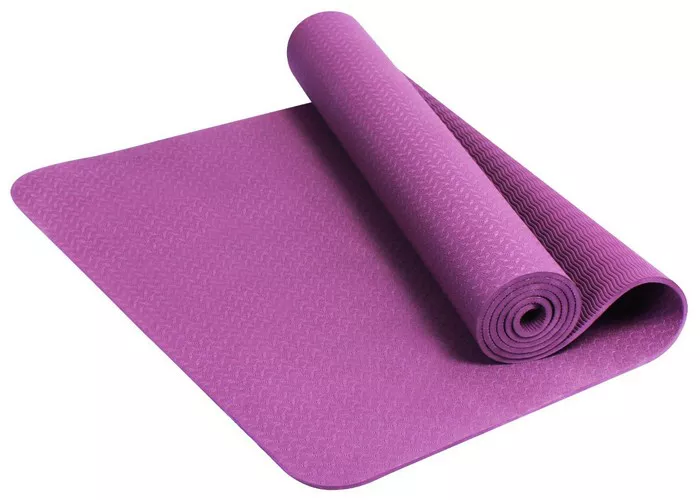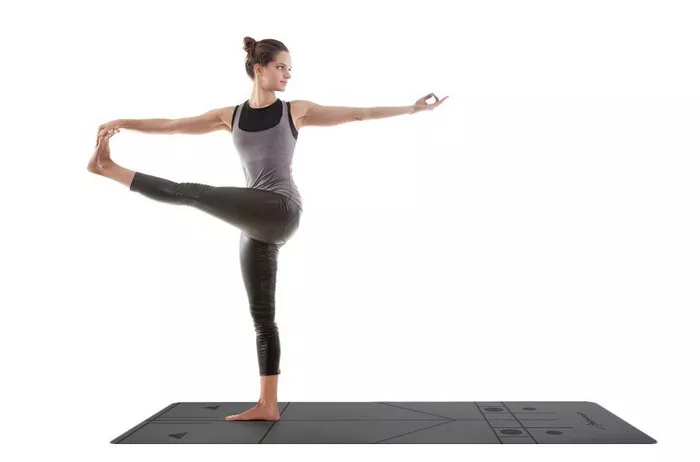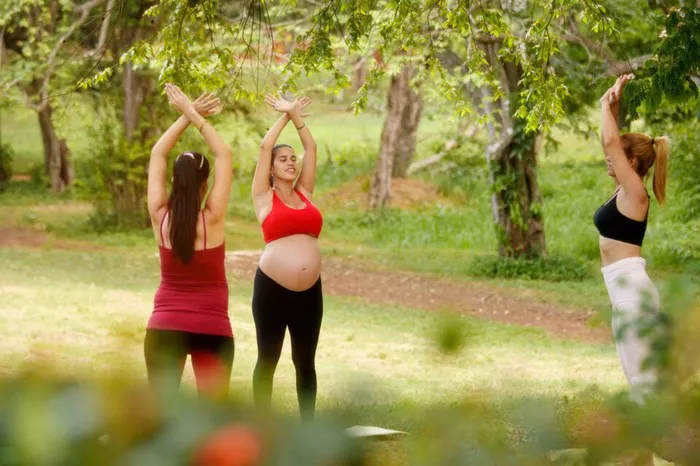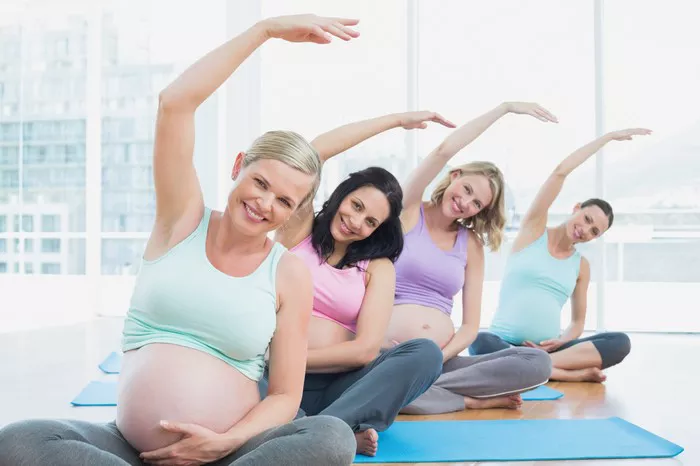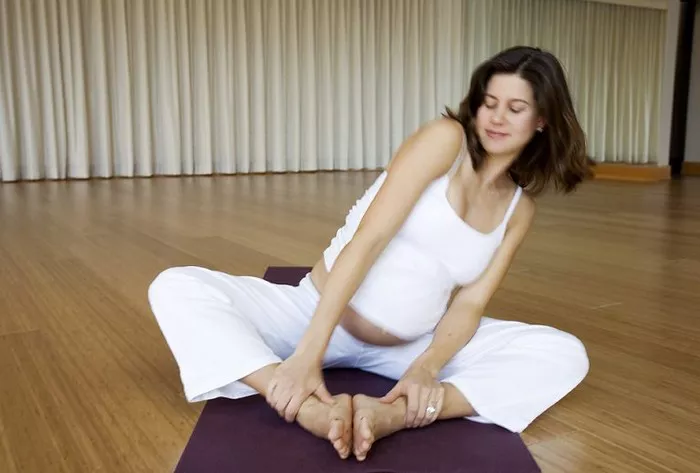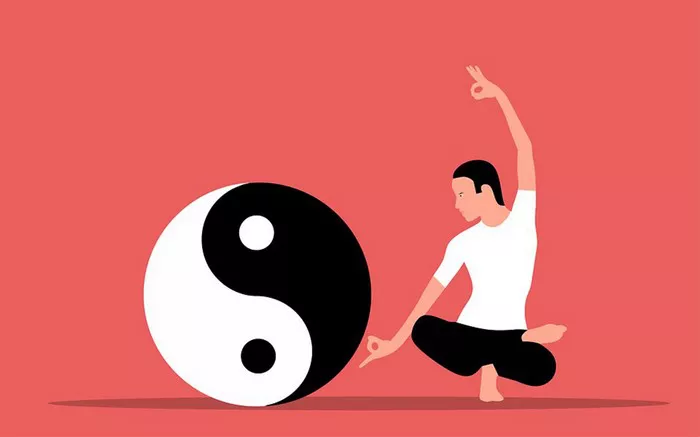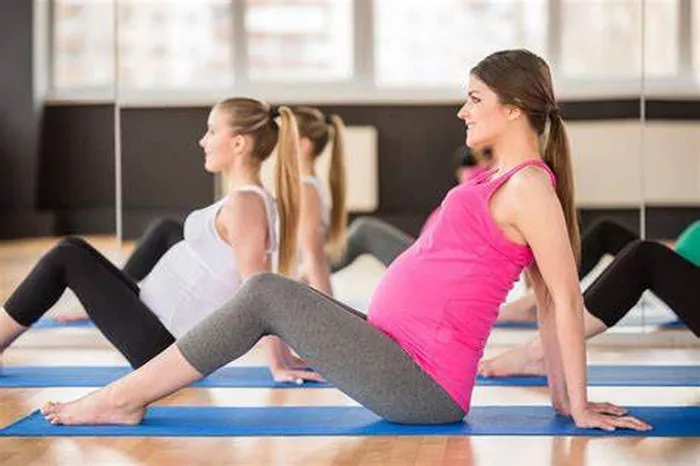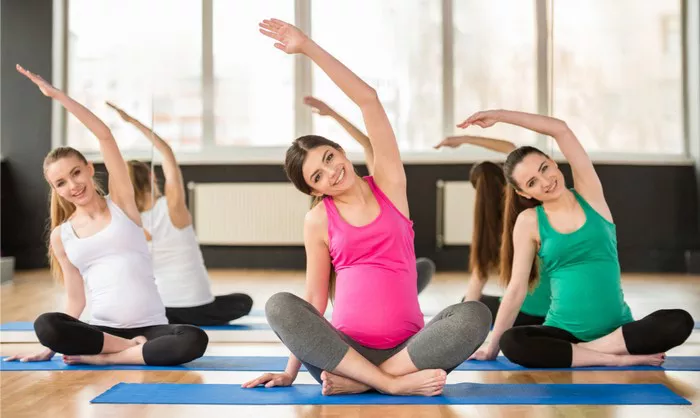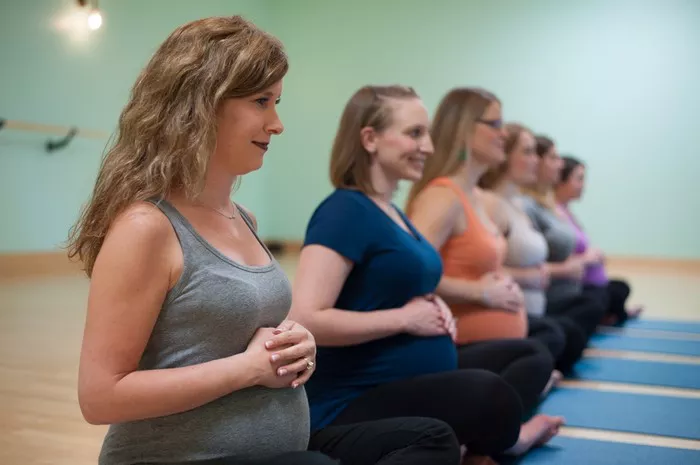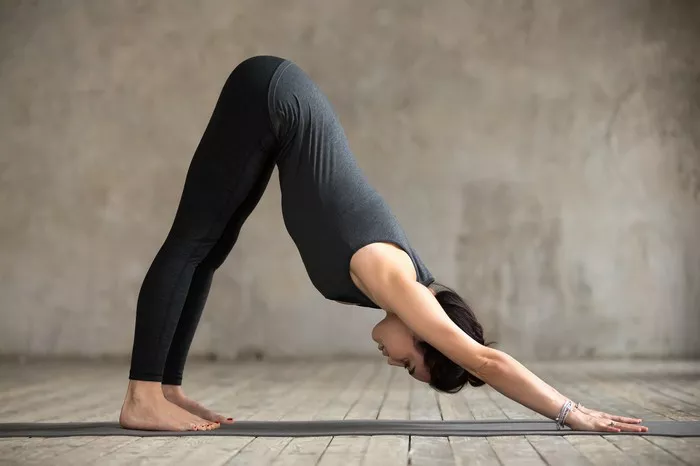Yoga is a centuries-old practice that combines physical postures, breath control, and meditation to enhance physical, mental, and emotional well-being. Among the many yoga poses, Child’s Pose (Balasana) stands out as a fundamental and restorative posture. It is often introduced early in a yoga practice because it is simple, calming, and beneficial for practitioners of all levels, especially beginners. In this article, we will explore the Child’s Pose in detail, including its benefits, step-by-step instructions, variations, precautions, and tips for making the most of this soothing posture.
What is Child’s Pose (Balasana)?
Child’s Pose, known in Sanskrit as Balasana (bala means “child” and asana means “pose”), is a resting posture that helps release tension in the back, hips, and shoulders. It mimics the fetal position, providing a sense of safety and relaxation. This pose is commonly used as a resting posture between more challenging asanas or as a means to reconnect with the breath during practice.
Benefits of Child’s Pose
Balasana is more than just a simple resting pose. It offers numerous physical, mental, and emotional benefits, including:
1. Physical Benefits
Stretches the Back and Spine: The gentle forward fold lengthens the spine, relieving tension and stiffness in the lower back and shoulders.
Opens the Hips: The position gently stretches the hip joints, increasing flexibility and reducing tightness.
Relieves Tension in the Neck and Shoulders: By extending the arms forward or relaxing them alongside the body, tension in the upper body is released.
Improves Digestion: Gentle compression of the abdomen can help stimulate digestion and relieve bloating.
Encourages Deep Breathing: The forward-bending motion promotes diaphragmatic breathing, which enhances lung capacity and relaxation.
2. Mental and Emotional Benefits
Calms the Mind: The inward fold creates a meditative effect, reducing stress and anxiety.
Promotes Mindfulness: Since it is a non-strenuous posture, it encourages a focus on the breath and present moment.
Eases Fatigue: Child’s Pose is a natural way to recharge the body and mind during practice or after a long day.
How to Perform Child’s Pose Step-by-Step
For beginners, learning the correct alignment of Child’s Pose is essential to maximize its benefits and avoid unnecessary strain. Follow these steps to practice Balasana safely:
Step 1: Start in a Kneeling Position
Begin by kneeling on your yoga mat with your big toes touching and knees either together or slightly apart. If you feel discomfort in the knees, placing a folded blanket beneath them can provide support.
Step 2: Lower Your Torso Forward
Slowly bend at the hips, bringing your chest forward to rest between your thighs. If your knees are together, your torso will rest on your legs; if they are apart, your chest will move toward the floor.
Step 3: Extend or Rest Your Arms
You have two options for your arms:
Extended Variation: Stretch your arms forward with palms facing down. This option provides a deeper shoulder stretch.
Resting Variation: Place your arms alongside your body with palms facing upward. This encourages complete relaxation.
Step 4: Rest Your Forehead on the Mat
Allow your forehead to touch the mat. If it doesn’t reach comfortably, place a yoga block or a folded towel under your forehead for support.
Step 5: Breathe Deeply
Take slow, deep breaths, allowing your body to relax further with each exhale. Stay in the pose for 30 seconds to a few minutes, depending on your comfort level.
Variations of Child’s Pose
While the traditional form of Balasana is beneficial, variations can enhance comfort and accommodate different needs:
Wide-Knee Child’s Pose: If you have tight hips, separating your knees wider than your hips can create more space and allow a deeper stretch.
Supported Child’s Pose: If you experience discomfort in your knees or back, place a bolster or folded blanket under your chest for added support.
Side-Stretch Child’s Pose: To stretch the sides of the torso, walk your hands to the right, hold for a few breaths, then switch to the left side.
Fist Rest Variation: If placing your forehead on the mat is uncomfortable, stack your fists and rest your head on them.
Active Child’s Pose: Instead of fully relaxing, engage your arms and press your hands into the mat for a more dynamic stretch.
Precautions and Contraindications
Although Child’s Pose is gentle, it may not be suitable for everyone. Here are some considerations:
Knee Injuries: If you have knee pain or an injury, use props such as a blanket under your thighs or avoid the pose.
Pregnancy: Expecting mothers should practice a modified version by keeping the knees wide to create space for the belly.
Ankle Discomfort: Placing a rolled towel under the ankles can help alleviate pressure.
High Blood Pressure or Dizziness: If you experience dizziness, avoid lowering your head too much or use a prop for support.
Tips for Practicing Child’s Pose Effectively
To maximize the benefits of Balasana, keep these tips in mind:
Focus on Your Breath: Slow, deep breathing enhances relaxation and mindfulness.
Use Props as Needed: Don’t hesitate to use cushions, blankets, or blocks for added comfort.
Modify the Pose: Adjust your knee width or arm placement to suit your body’s needs.
Listen to Your Body: If you feel discomfort or strain, ease out of the pose or try a variation.
Practice Regularly: Incorporating Child’s Pose into your daily routine can improve flexibility and reduce stress.
Conclusion
Child’s Pose is a foundational yoga posture that provides physical relief and mental relaxation. Its simplicity makes it an excellent pose for beginners, offering a safe space to reconnect with the breath and relieve tension. Whether used as a resting posture during a yoga session or a standalone relaxation exercise, Balasana is a valuable tool for enhancing overall well-being. By practicing with proper alignment, modifications, and awareness, beginners can fully enjoy the calming benefits of this nurturing pose.
Related topics:

